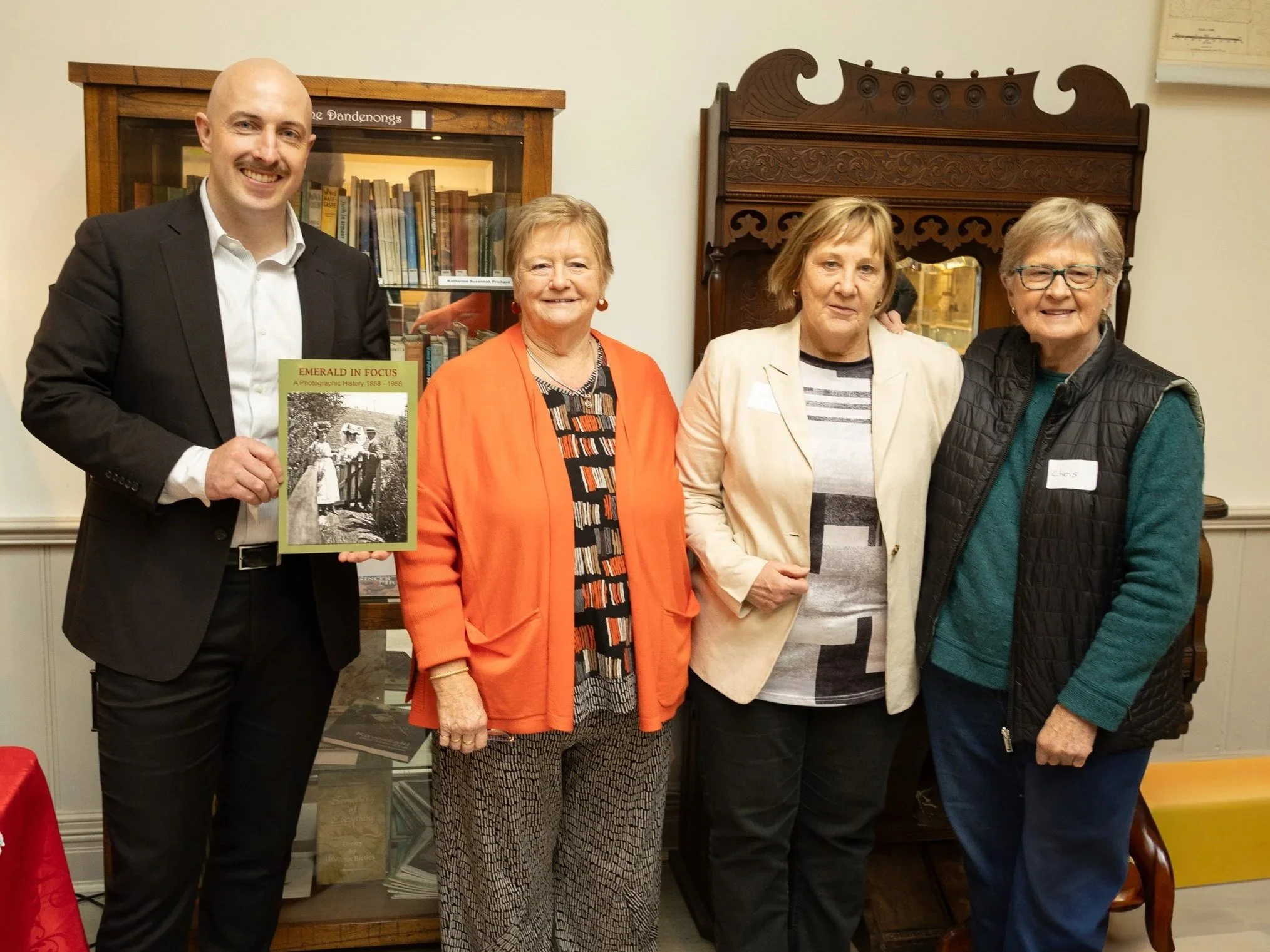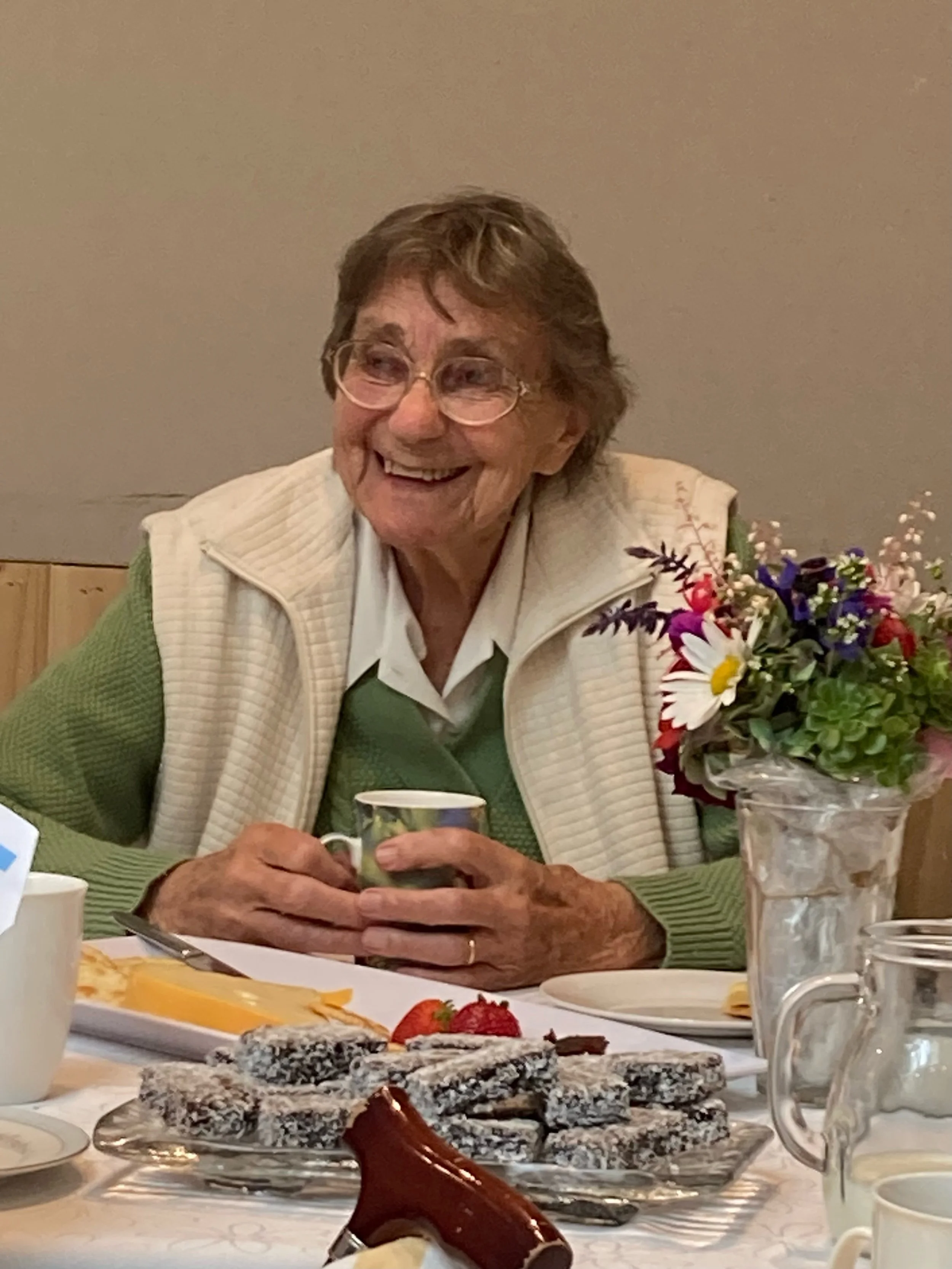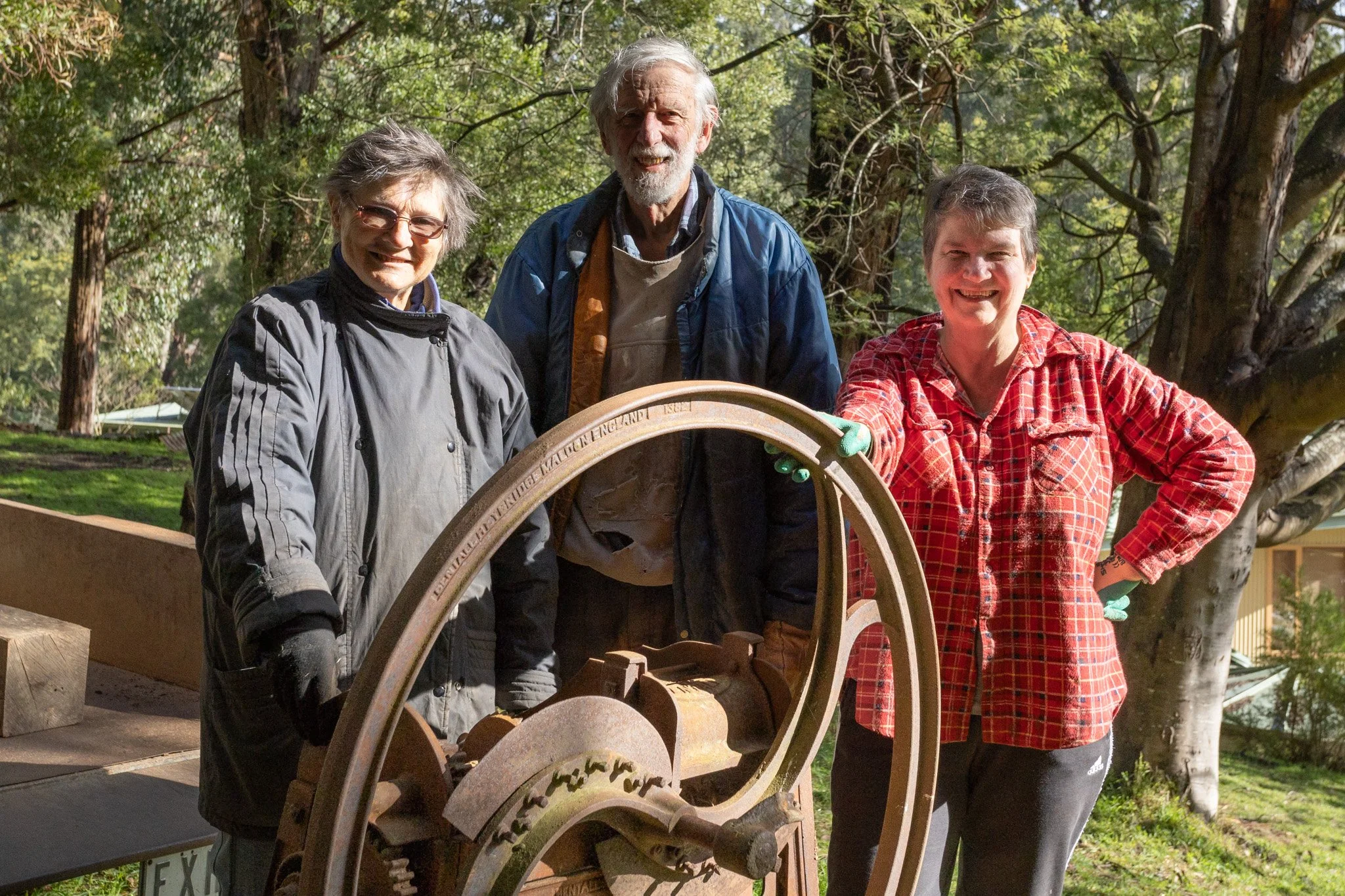Emerald in Focus Launched
September 2025
Emerald in Focus: A Photographic History 1858-1958 has just been reprinted and was officially launched at a gathering at the Emerald Museum on Thursday Sept 25.
Cardinia Shire Mayor, Cr Jack Kowarzik, presided over the event which was attended by past and present volunteers and friends of the Museum as well as representatives of Emerald community organisations and historical societies.
The Mayor expressed his pride in belonging to a council and a community that values history and hoped that this book would serve as a lasting tribute to the people and places that have shaped the area as well as inspiring future generations to explore and appreciate the history of the Shire.
Emerald in Focus covers the first one hundred years of European settlement in Emerald and surrounding districts with a suite of wonderful photographs which bring to life the social, sporting, educational, working and artistic life of the area - including a focus on the district’s pioneer industries of gold, timber and horticulture.
The original book which was published in 2006 was the result of the hard work of several Museum volunteers at the time with particular acknowledgement of the role of Chris Britton who did the bulk of the research and selection of photographs and of Jo Jenkinson who wrote the text.
Emerald in Focus was immediately very popular, which led to it going out of print. The many requests for it since then have led to the Museum undertaking this reprint with the correction of a few errors in the first print run. The inclusion of an index has made it easier to find people and places.
Chaff Cutter Moving Day
The Emerald Museum is now the proud owner of a 1913 Bendall chaff cutter. The chaff cutter came from a property in Emerald which had historically operated as a small mixed farm. This property has been owned by members of the Alexander family since 1920.
Karen Alexander was the generous donor of the chaff cutter, but it took a team effort to haul the extremely heavy cast iron contraption from a farm shed onto a trailer and then to set it up inside the Museum.
Chaff cutters have a vital history in early settler Australian farming. A chaff cutter was used to cut straw or hay into small pieces before being mixed together with other forage and fed to horses and cattle.
Horses were essential in most early settler farming operations before the invention of tractors.
Facilitating this reprint has been a recent team effort of several Museum volunteers with special thanks to Lynne Schrull for finding photographs and to Jill Avard for doing the graphic design and organizing the printing.
Readers of EVA News may have historical ties to the Emerald district and will therefore enjoy researching their ancestors. In fact, our local representative, Cr David Nickell, is a descendant of the earliest European settlers in Emerald in its mid-19th century gold rush days.
If readers do not have old family ties to this area, they will still find plenty of interest in photographs of businesses, streets and buildings as they once were. Not to mention the joy of learning more about the beautiful place where we all live.
Emerald in Focus could be an ideal Christmas or birthday present for someone in your life.
In buying it, you are supporting a local institution which preserves our collective memory and helps us to understand how the place where we live has evolved over time. Every local home should have a copy!
Emerald in Focus is available for sale for $40.00 at the Museum in Nobelius Heritage Park (open Wed 10.00-3.00 and Sun 12.00-3.00) and at Grace and Louie Booksellers in downtown Emerald, corner of Heroes Avenue and Kilvington Drive.
Anne Carter
July 2024
The Emerald Museum already has in its collection some ploughs, a potato harvester and an earth-moving scoop. All of these would have been drawn by big horses who would have had voracious appetites. Hence the farmer’s need for a chaff cutter.
You are very welcome to visit the Emerald Museum to inspect our newest addition and our other farming tools and equipment as well as our wide range of domestic and ornamental objects. Not to mention our extensive collection of historical photographs and documents.
Anne Carter
Conversations with Beryl
March 2024
The memoir of local woman, Beryl Bartacek, was celebrated at a small book launch hosted by the Emerald Museum on March 28.
Beryl and her daughters, Sally and Karlie donated copies of Beryl’s 14,000-word memoir to representatives of organisations with which she had a long and significant involvement - Emerald U3A, Emerald Library and Emerald Museum.
The memoir, Conversations with Beryl, was compiled by Mac Craig who first met Beryl through their mutual involvement in U3A. They were both retired teachers then and enjoyed swapping happy reminiscences of their teaching days.
Mac has transcribed his conversations with Beryl into a book which charts a long, interesting and well-lived life.
Beryl was born in England at the outset of the Great Depression in 1929 and was still a child when she endured the London Blitz during World War II. She qualified as a teacher at a time when schools in England were struggling to meet the needs of huge numbers of young baby boomers.
She came to Australia initially on a working holiday where she taught and did other jobs in Western Australia, Queensland and Tasmania. She then returned home to London and taught at a large school for a couple of years before returning to Australia, this time as a ‘£10 Pom’.
Beryl met her husband-to-be, Karel, a Czech refugee, in Sydney. They lived in Tasmania for seven years where they bought and worked a farm and had three daughters. They then made their way to Melbourne in 1965 and, finally, to Emerald in 1993.
Beryl taught for many years in different settings across Australia. She particularly sought out children with learning issues. On those children, she reflects, I wasn’t all that good at school myself. I had to work really hard [so] I sympathise with those who don’t learn so easily. She achieved some outstanding results with her pupils.
Retired and in Emerald, Beryl became involved with the community including coaching at Emerald Secondary College, campaigning for Emerald to have a library, and being an active member of the local Uniting Church and of the U3A.
Beryl volunteered at the Emerald Museum two days a week for many years. She would welcome visitors from Australia and overseas and do presentations for groups, including school groups, using her teaching skills and the knowledge which she had developed of the history of Emerald.
Beryl reluctantly retired from her museum work due to her failing eyesight when she was in her early 90s.
However, at the age of 95 her zest for life continues and she is an example to all of us of positive ageing.
Free digital copies of Beryl’s memoir are available from Mac at mac.craig@icloud.com.
A hard copy can be perused at the Emerald Museum which is open Wednesdays 10.00-3.00 and Sundays 12.00-3.00 or by appointment. Email: enquiries@emeraldmuseum.org.au
Anne Carter



